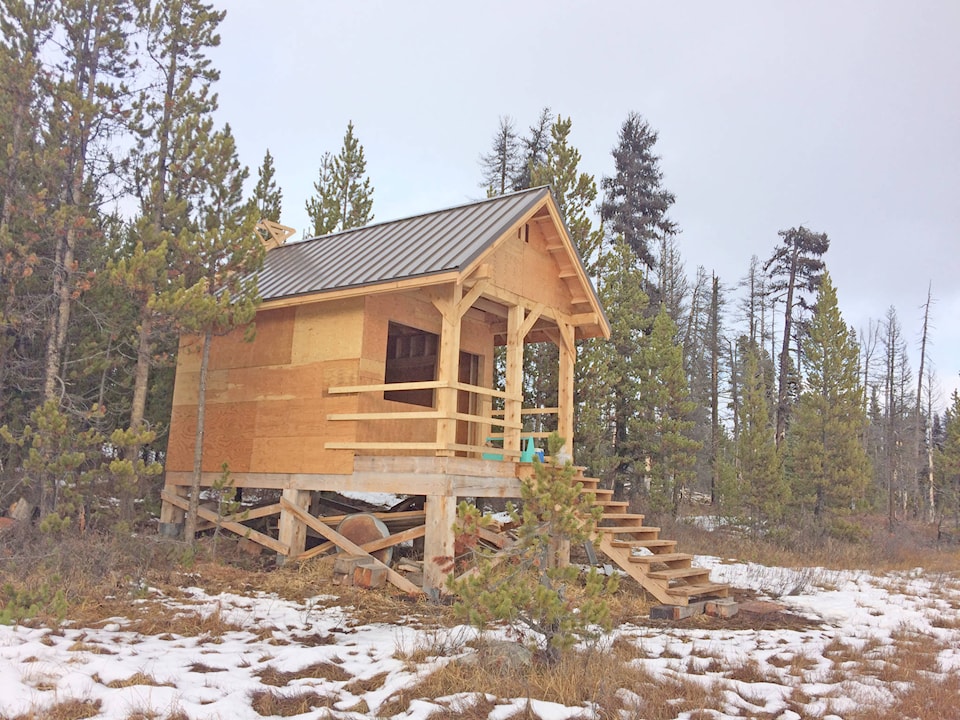The Department of Lands has handed out nearly 100 notices as of the end of July to those deemed to be “unauthorized occupants” on public lands routinely inspected by the department.
“There has been a total of 86 first-posting notices and 10 second-posting notices throughout the NWT,” said Department of Lands spokesperson Andrea Nilson.
The higher level of notices is due to the department’s approach that was launched in February. First postings are strictly the information gathering stage for the department, helping to determine the status of occupancy. Second notices are distributed if an occupant is found to be trespassing, in which case they are asked to vacate.
After the GNWT took over land management on April 1, 2014, as part of the devolution of federal powers to the territory, the Department of Lands developed an approach to address unauthorized use of public land, as well as address untenured buildings.
“Structures constructed after April 1, 2014 without proper authorization have been and will continue to be subject to the legal process for removal,” Nilson said.
Cabins and associated structures built and conforming to the department’s evaluation criteria before April 1, 2014, are potentially eligible for lease application, which is processed through the department.
Different means such as departmental records and satellite/aerial imagery are used to determine if structures were present before April 1, 2014. Other documentation provided to the department by occupants is also considered.
“Potential rights-based cabins associated with Aboriginal or treaty rights are not part of this process,” said Nilson.
There are others factors that can also result in a notice, with some cases occurring due to where structures — cabins, sheds, outhouses, etc — are built and whether they comply with the cabin lease criteria.
“For example, being too close to the ordinary high-water mark or too close to the centre of the highway,” Nilson said. “If, after the notice of trespass you do not identify a right to occupy the land and you do not vacate the land voluntarily, the department can initiate the legal process to seek your removal.”
The legal process for individuals identified as unauthorized occupants may result in having to appear in court to demonstrate lawful occupancy.
“The court will make a determination based on the evidence and may issue an order for removal,” according to Nilson.
Outcomes that result in possible removal can lead to the department seeking reimbursement from the courts for costs associated with removal.
Individuals who fail to provide evidence of presence/occupancy on the land are handled on a case-by-case basis. Plans for what is to be done with land that has been re-obtained is still in the preliminary stage.
“At this time, the department will need to continue to follow through on the process before determining what can be done with the land and whether the location is available for future use,” Nilson said.
